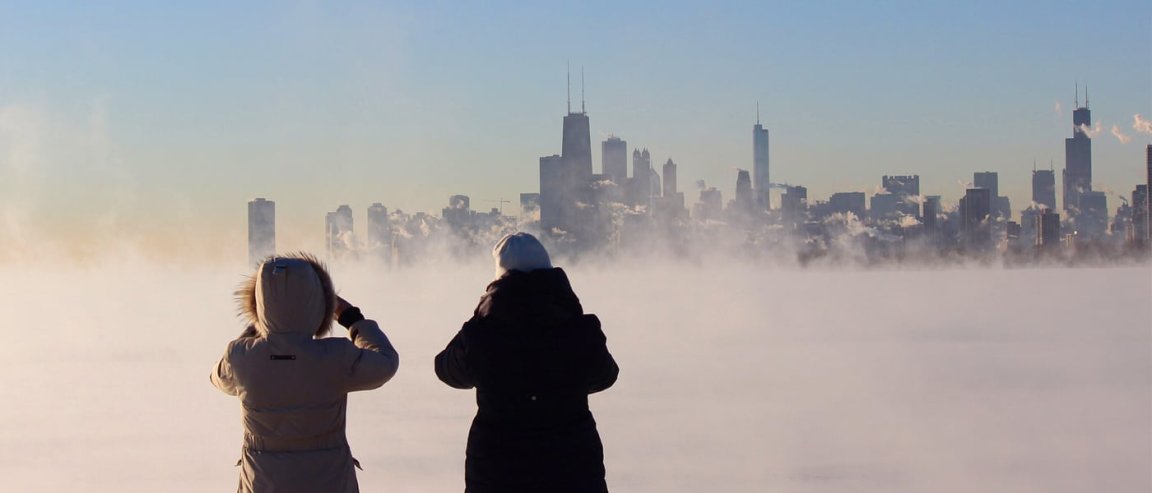
A Frigid Winter Is Coming
If you live in the northern United States, get ready to bundle up this winter. New climate studies foresee that as the Arctic warms, the polar vortex is shifting toward Europe and frigid cold will move into North America in February and March. The development is detailed in Nature.
The polar vortex is a ring of fast-moving air in the atmosphere above the Arctic, and it acts as a pocket of sorts, trapping the coldest air within it. Over the last 30 years, it has moved continuously away from North America and into Europe and Asia. This results in chilly winds from up north escaping into North America while Europe gets the benefit of warmer winters.

Climate scientists believe that the vortex shift is largely due to disturbances by global warming. Ice cap melting allows the sun’s warmth that is absorbed by the ocean to escape back into the atmosphere instead of being trapped under the ice. This warmth weakens the vortex, allowing cold air to migrate to lower areas, as happened in 2014 and 2015 when the sudden frigid weather manifested in broken pipes and water mains in areas like New York and New England.
Global Temperature Extremes
“Climate change can lead to extremes; it’s not like a regular change, everyone to the same extent at all times and places,” Martyn Chipperfield, professor of atmospheric chemistry at the University of Leeds and a co-author of the paper, told Scientific American. “Despite the overall warming, you can get in places like the Northeastern U.S. extreme cold events. That’s consistent with climate change and global warming.”
While the vortex shift will likely bring extreme weather to localized areas this year, Chipperfield says that doesn’t mean that every winter will experience the extreme effects of the polar vortex. However, we shouldn’t think of this as an anomaly either. Humanity’s continued disturbance of Earth’s climate is having long-term effects that could irreversibly damage the planet, which is why it’s important that we explore clean energy solutions and do what we can now to ensure we can comfortably live on Earth for generations to come.